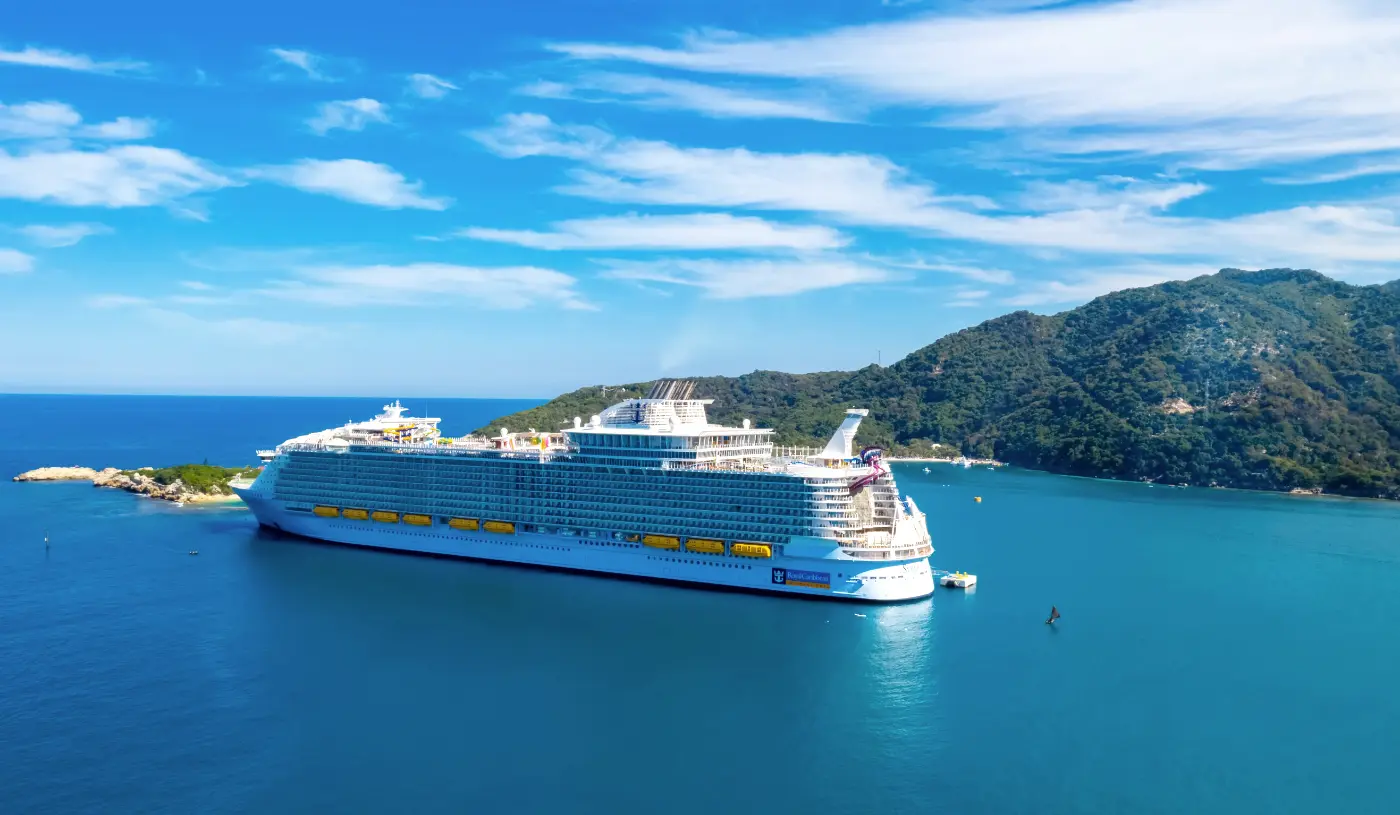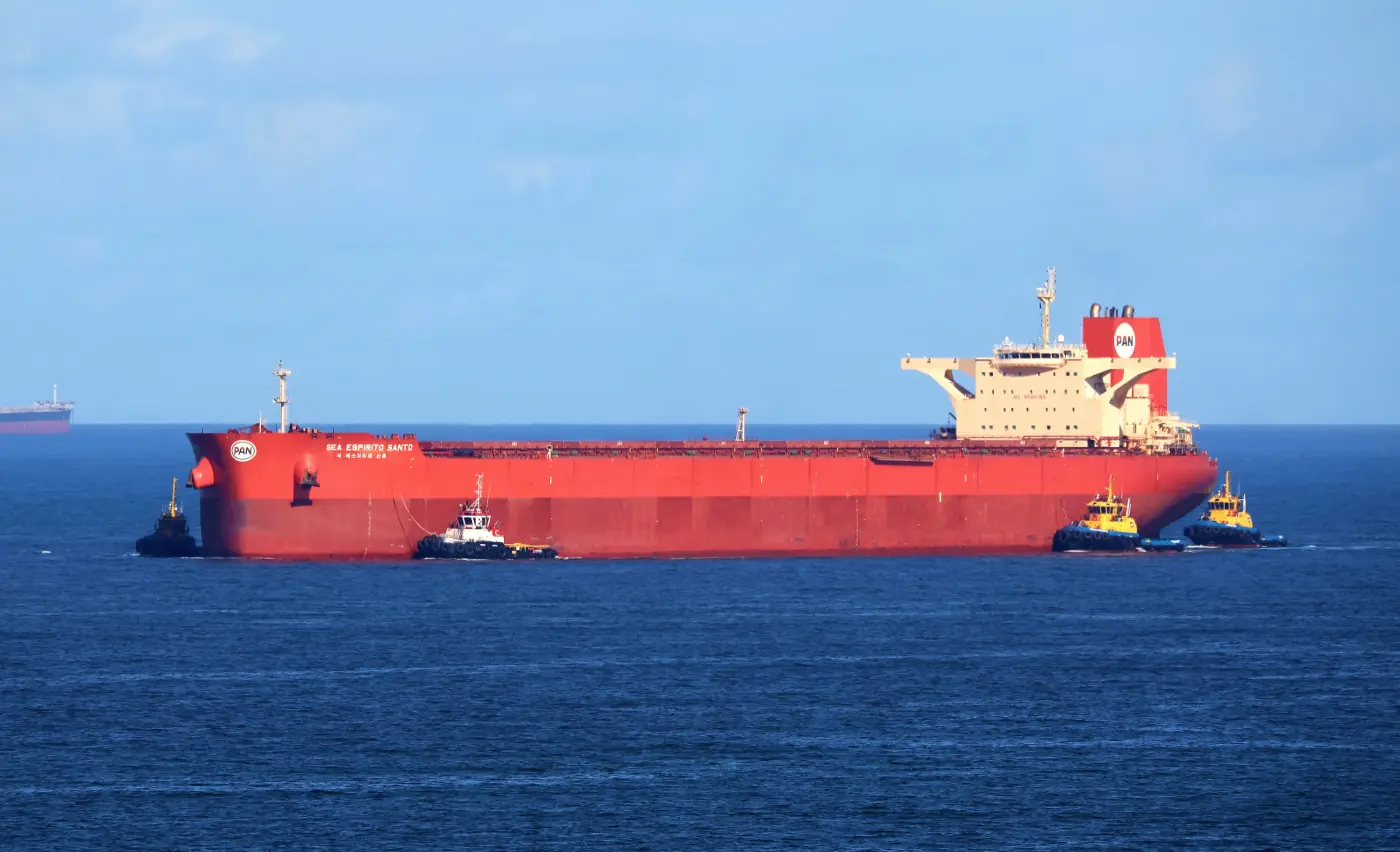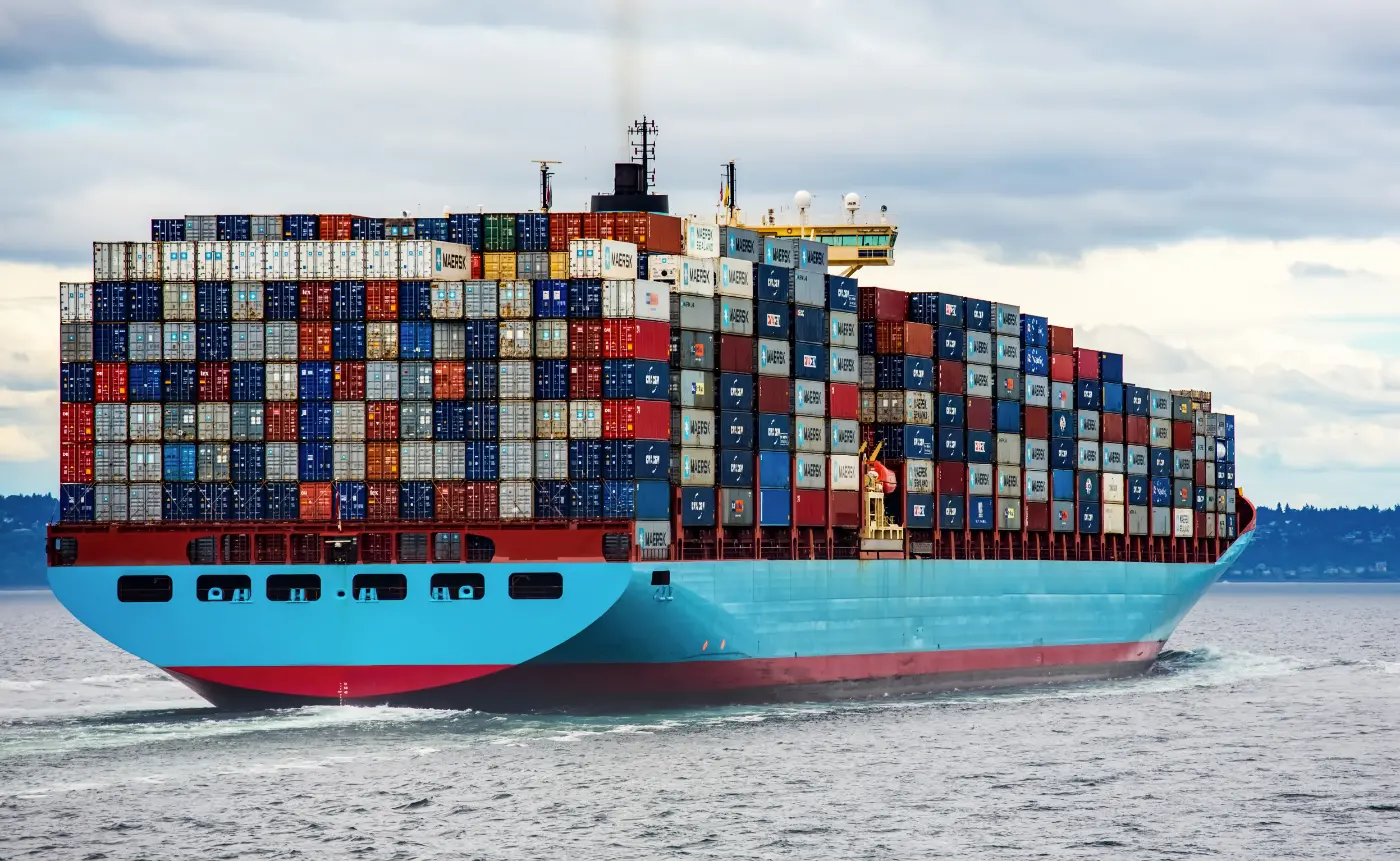The History of the First Oil Tanker
Learn about the fascinating history of the first oil tanker and how it revolutionized the transportation of oil around the world. Explore the origins, design, and impact of this innovative vessel.
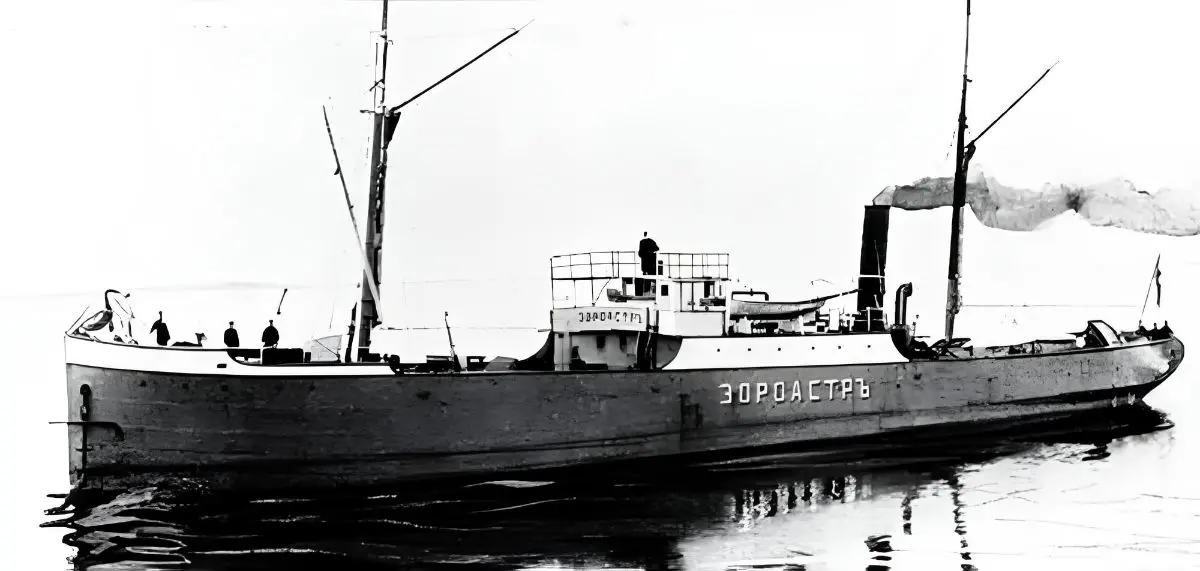
In the vast history of maritime transportation, the evolution of oil tankers has played a crucial role in the global oil industry. These specialized vessels are responsible for transporting millions of barrels of oil across the world's oceans every day.
But have you ever wondered where it all began? The story of the first oil tanker is a fascinating tale of innovation, engineering, and the relentless pursuit of progress in the oil industry.
The Need for Innovation in Oil Transport
Before the advent of the dedicated oil tanker, the oil shipping process was fraught with challenges and inefficiencies that significantly hampered the industry's growth.
The primary method of transporting crude oil involved the use of barrels, which were loaded and unloaded manually onto general cargo ships. This method not only consumed considerable time and labor but also posed serious risks due to the flammable nature of oil. Moreover, the numerous barrels themselves represented a considerable weight. Frequent spills during loading and unloading were common, leading to substantial financial losses and environmental damage.
Moreover, the barrels themselves were not impervious to leakage, which resulted in the contamination of other goods on board and further contributed to the loss of valuable oil. The inadequacy of these vessels to contain oil spills or prevent onboard fires exacerbated the dangers, making the journey perilous for both the cargo and the crew. The unpredictable nature of the sea, combined with the volatile cargo, created a pressing need for a transportation solution that could safely and efficiently handle the unique demands of oil transport.
Recognizing these challenges, the industry began to seek innovative solutions that would mitigate the risks associated with oil shipping and improve efficiency. The necessity for a specialized vessel became apparent—a ship that could safely contain large quantities of oil, minimize the risk of spills and fires, and streamline the loading and unloading process. This drive for innovation was not merely a quest for operational efficiency but a critical step toward securing the future of the burgeoning oil industry. It was within this context of necessity and ingenuity that the Zoroaster, the world's first oil tanker, was conceived. Its development marked a pivotal moment in maritime history, offering a glimpse into the potential of specialized transportation and setting the stage for the transformative impact it would have on the global oil industry.
The Zoroaster: Engineering the World's First Oil Tanker
Amid the surge for innovative solutions to safely and efficiently transport oil, the Zoroaster emerged as a pioneering beacon, marking a significant milestone in maritime engineering. Constructed in 1878 by the Nobel brothers in Baku, Azerbaijan, this groundbreaking vessel was tailor-made for the oil trade, introducing features that would become standard in the design of future oil tankers. Unlike traditional ships of its era, which relied on barrels and manual labor for oil transport, the Zoroaster was designed with built-in tanks, a novel concept that drastically improved the safety and efficiency of oil transportation at sea.
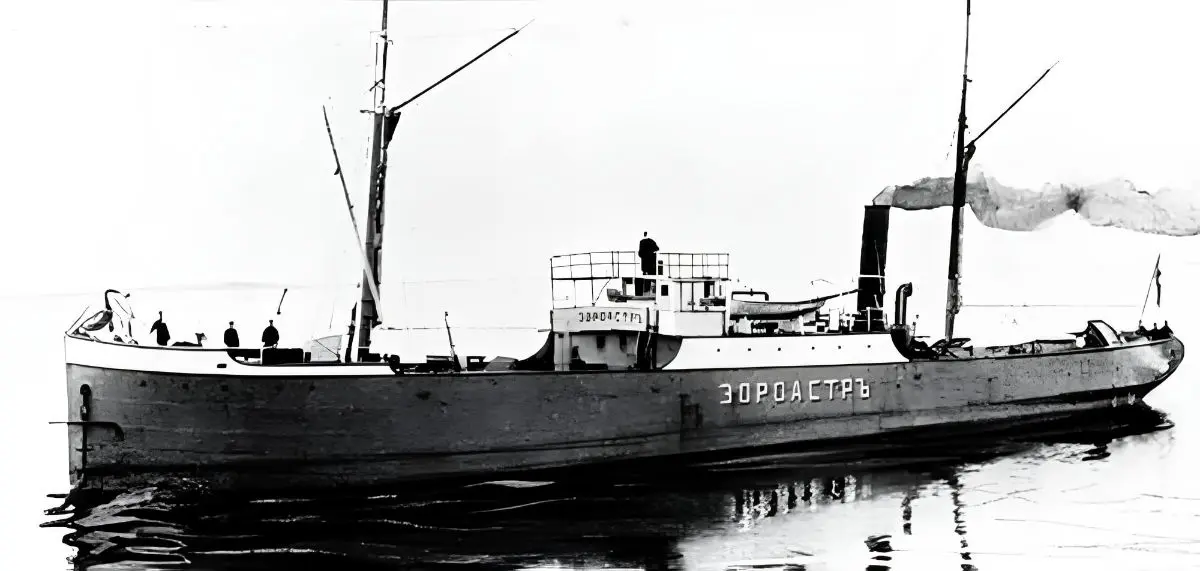
The Zoroaster's structure was a departure from the norm, incorporating large, internal iron storage tanks that minimized the risk of spills and leaks, a common hazard with barrel transport. This design innovation not only safeguarded the cargo but also protected the marine environment from potential oil spills. The vessel was powered by steam, a choice that provided reliable propulsion and made the Zoroaster relatively fast and maneuverable for its time.
With dimensions extending over 184 feet (56 m) in length, the Zoroaster was not the largest vessel on the seas but was exceptionally well-suited for its task. Its capacity to carry over 2,400 barrels of oil in its tanks was a testament to the ingenuity of its design. Equipped with advanced pumping systems, the tanker could load and unload its liquid cargo with unprecedented speed and safety, reducing the turnaround time in ports and enhancing operational efficiency. This system not only represented a leap forward in tanker design but also set a precedent for the sophisticated loading and unloading technologies seen in today’s oil tankers.
The introduction of ventilation systems to mitigate the build-up of dangerous vapors further underscored the emphasis on safety. Such features demonstrated a comprehensive approach to addressing the multifaceted challenges of oil transportation, highlighting Zoroaster's role as a trailblazer in the industry. Its design laid the groundwork for the evolution of tanker technology, influencing future generations of oil tankers and permanently altering the landscape of maritime oil transport.
Another notable aspect of the Zoroaster’s design was its reliance on steam power for propulsion. This choice not only made the tanker relatively fast and agile for its time but also demonstrated the potential of steam power in maritime transportation, particularly for vessels carrying heavy loads like oil.
Through these technical specifications and innovations, the Zoroaster set a new benchmark for the design and construction of oil tankers. Its pioneering features laid the foundational principles for the development of future oil tankers, influencing the design and operation of these critical vessels in the global oil industry for years to come.
The Impact on the Global Oil Industry
The debut of the first oil tanker, the Zoroaster, marked a monumental shift in the dynamics of the global oil industry. This innovation fundamentally altered the mechanisms of oil transportation, offering a solution that was vastly superior in terms of safety, efficiency, and scalability compared to previous methods.
Before the Zoroaster, the reliance on barrels and the manual handling of oil shipments posed significant logistical challenges and environmental risks. The transition to tanker-based transport mitigated these issues, facilitating a more streamlined and secure method of moving oil across great distances.
The significance of this advancement cannot be understated. By enabling the bulk transport of oil, the Zoroaster and its successors dramatically expanded the geographical reach of oil distribution networks. This breakthrough allowed oil-producing regions to efficiently supply markets thousands of miles away, fostering economic growth and driving the expansion of the petroleum industry on an international scale. The capacity to move oil in large volumes also coincided with the industrialization era, meeting the burgeoning demand for energy and fuel in a way that was previously unattainable.
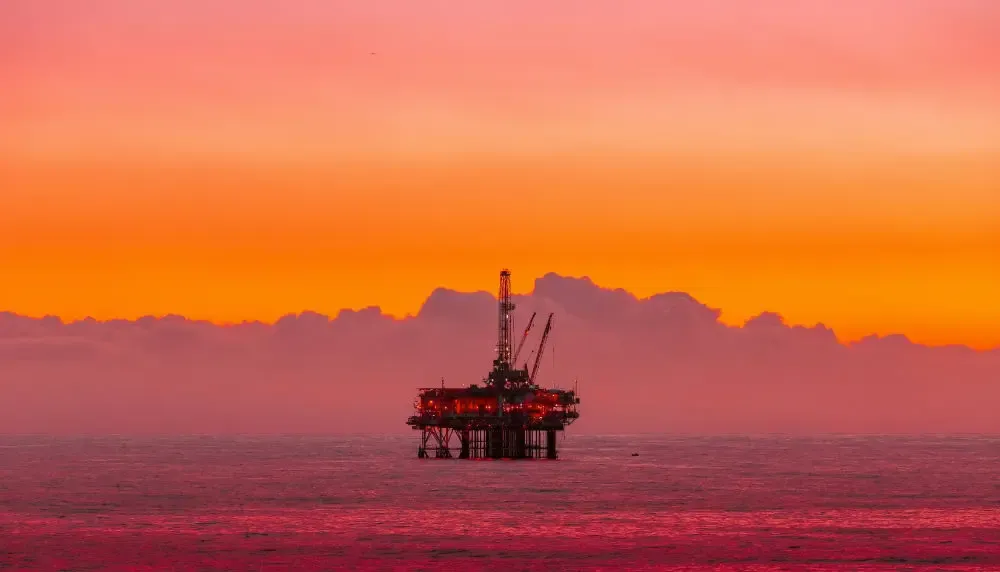
Furthermore, the Zoroaster's successful operations served as a catalyst for innovation within the maritime and oil sectors. It inspired the design and construction of increasingly sophisticated oil tankers, each iteration enhancing the safety, capacity, and environmental safeguards of these essential vessels. The continuous evolution of tanker technology has been pivotal in addressing the complex challenges of global oil transportation, from minimizing the risk of spills to optimizing fuel efficiency and reducing greenhouse gas emissions.
The introduction of the first oil tanker not only revolutionized oil transport but also set the stage for the petroleum industry's global expansion. It facilitated the reliable, continuous flow of oil that is critical to the world's economy, powering industries, and fueling vehicles across the globe. The Zoroaster's legacy is evident in the modern oil tanker fleet, a testament to the enduring impact of this pioneering vessel on the global oil industry.
Successors and Evolution of Oil Tanker Design
The innovation initiated by the Zoroaster heralded a new era in maritime oil transportation, inspiring subsequent designs that continually pushed the boundaries of what was possible.
In the wake of its success, the industry witnessed a rapid development of oil tankers, each generation boasting advancements that enhanced capacity, safety, and environmental protection. The evolution of tanker design has been a story of incremental improvements and revolutionary changes, driven by technological advancements and the changing needs of the global oil market.
In the years following the introduction of the Zoroaster, shipbuilders, and engineers leveraged emerging technologies to create larger, more efficient vessels. Steel replaced iron in construction, allowing for stronger and larger tanks. The advent of the double hull in the late 20th century marked a significant leap forward in spill prevention, a response to growing environmental concerns and regulations. This design not only improved the structural integrity of tankers but also significantly reduced the risk of oil spills in the event of a collision or grounding.
The progression from steam to diesel engines provided another leap in efficiency and reliability, enabling tankers to travel faster and further on less fuel. Today’s oil tankers are equipped with sophisticated navigation and safety systems, including radar, GPS, and automated monitoring systems that ensure safe passage through the world’s waterways.
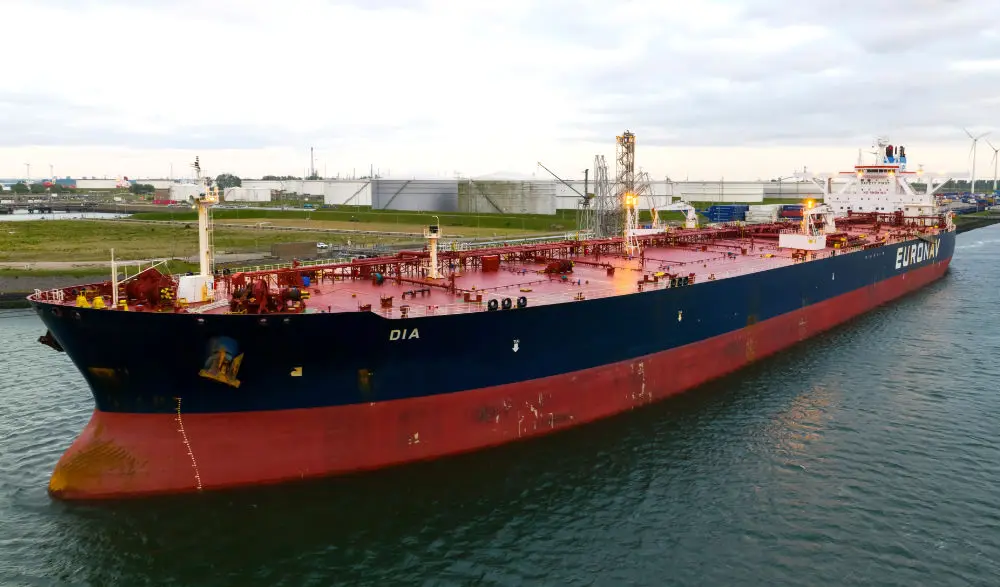
As the global demand for oil expanded, so too did the size of the tankers. The introduction of Very Large Crude Carriers (VLCCs) and Ultra Large Crude Carriers (ULCCs) represented the pinnacle of this trend, capable of transporting several hundred thousand tons of oil, optimizing economies of scale, and reducing the cost per barrel of oil transported.
Each step in the evolution of tanker design reflects a response to the dual demands of economic efficiency and environmental responsibility, embodying the industry's commitment to safe and sustainable oil transport. These advancements underscore the legacy of the Zoroaster, whose innovation laid the foundation for a century of progress in oil tanker design.
Legacy of the First Oil Tanker
The Zoroaster, as the progenitor of the oil tanker lineage, carved a niche in maritime and industrial history that transcends its physical dimensions and operational lifespan. Its innovative design and successful deployment signaled a transformative shift in how oil was transported, setting precedents that resonate in the design and operation of today’s oil tankers. This vessel’s introduction catalyzed a series of technological and logistical advancements, propelling the oil industry into a new era of efficiency and environmental awareness.
The principles embodied by the Zoroaster—safety, efficiency, and innovation—continue to influence tanker design and operation. Modern tankers, with their advanced materials, double hulls, and sophisticated navigation systems, are direct descendants of this pioneering vessel, embodying the spirit of innovation that the Zoroaster represented. The global economy’s reliance on oil as a primary energy source underscores the importance of the tanker industry, a sector that owes much to Zoroaster's original blueprint.
Beyond its technical contributions, the Zoroaster highlighted the importance of adaptability and foresight in addressing the challenges of oil transport. It demonstrated the viability of specialized maritime transport for liquid cargo, encouraging a reevaluation of traditional methods and fostering a culture of continuous improvement. This legacy of innovation serves as a reminder of the enduring impact that a single vessel can have on an industry, influencing practices, policies, and environmental standards worldwide.
Its legacy is not confined to the annals of shipping history but extends into the very fabric of global commerce, illustrating the far-reaching impact of pioneering solutions in the face of complex challenges.
Conclusion
The narrative of the Zoroaster, marking its place as the pioneer oil tanker, embodies a remarkable journey of innovation and adaptation within the maritime and oil industries.
This vessel, emerging in the late 19th century, was more than just a ship; it was a harbinger of transformation, reshaping the way oil was transported globally. Its inception catalyzed an era of technological advancement and environmental consciousness that continues to evolve to this day.
The legacy of the Zoroaster extends beyond its own era, laying down the principles of safety, efficiency, and foresight that have guided the design and operation of oil tankers through the ages.
Today, as we stand on the cusp of further advancements in maritime transport, the story of the Zoroaster serves as a powerful reminder of how innovative thinking and engineering prowess can overcome challenges and drive industries forward. It underscores the importance of sustainable practices and the continuous quest for improvement that characterizes the oil tanker industry.
Looking ahead, the journey of oil tanker development promises to be as dynamic and impactful as the waters they navigate, inspired by the enduring spirit of the Zoroaster.
